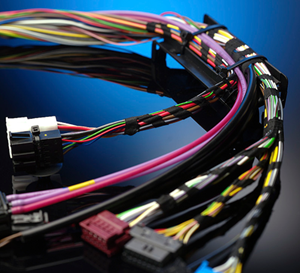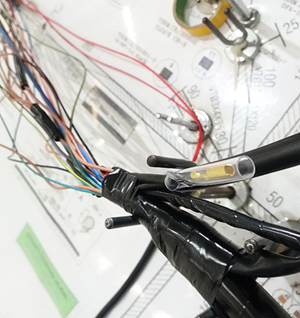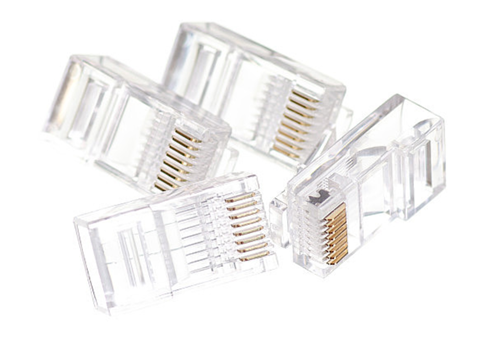In the realm of automotive engineering, the synergy between wiring harnesses and connectors forms the backbone of vehicle electrical systems. Understanding the intricacies of this relationship is pivotal for grasping the essence of modern vehicle design and functionality. Let's delve into the symbiotic relationship between wiring harnesses and connectors:
Wiring Harnesses: Wiring harnesses, also known as cable harnesses or wire looms, are intricate assemblies of wires, cables, and connectors designed to transmit power and signals throughout a vehicle. These harnesses serve as the nervous system of the vehicle, connecting various electrical components such as sensors, actuators, control units, and power sources.


Connectors: Connectors are the essential components embedded within wiring harnesses that facilitate electrical connections between different components or systems. These components allow for the secure attachment and disconnection of wires, ensuring reliable transmission of power and signals. Connectors come in various shapes, sizes, and types, tailored to specific applications and requirements.

The Relationship:
Integration: Wiring harnesses and connectors are inherently intertwined, with connectors embedded strategically along the length of the harnesses. These connectors serve as the interface points where wires are terminated, allowing for seamless integration of electrical components within the vehicle.
Functionality: Connectors play a crucial role in determining the functionality and versatility of wiring harnesses. Different types of connectors, such as plugs, sockets, terminals, and headers, enable diverse electrical connections, ranging from power distribution to data transmission.
Design Considerations: The design of wiring harnesses is intricately linked to the selection and placement of connectors. Engineers meticulously plan the layout of connectors within the harnesses, considering factors such as accessibility, serviceability, and electrical performance.
Reliability: The reliability of wiring harnesses hinges on the quality and compatibility of connectors. Well-matched connectors ensure secure connections, minimizing the risk of electrical faults, signal interference, and power loss.
In essence, the relationship between wiring harnesses and connectors is one of mutual dependency and collaboration. As integral components of vehicle electrical systems, they work in tandem to provide seamless power and signal distribution, ultimately contributing to the overall performance, safety, and functionality of modern vehicles.
Through continuous innovation and refinement, automotive engineers strive to optimize this relationship, enhancing the reliability, efficiency, and scalability of wiring harnesses and connectors in the ever-evolving landscape of automotive technology.
This symbiotic relationship underscores the importance of cohesive collaboration between engineering disciplines, driving advancements in vehicle electrification and connectivity, and shaping the future of mobility.